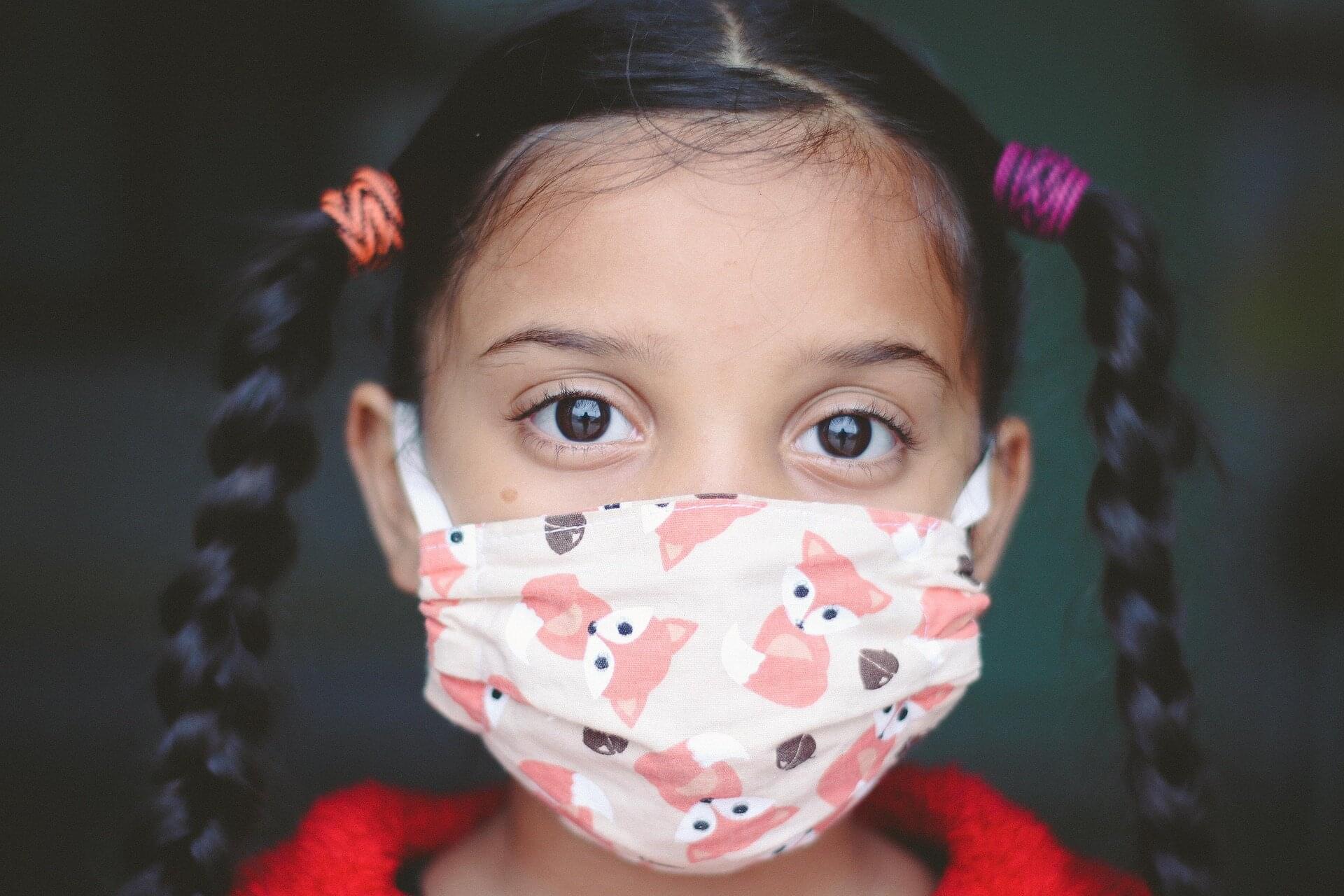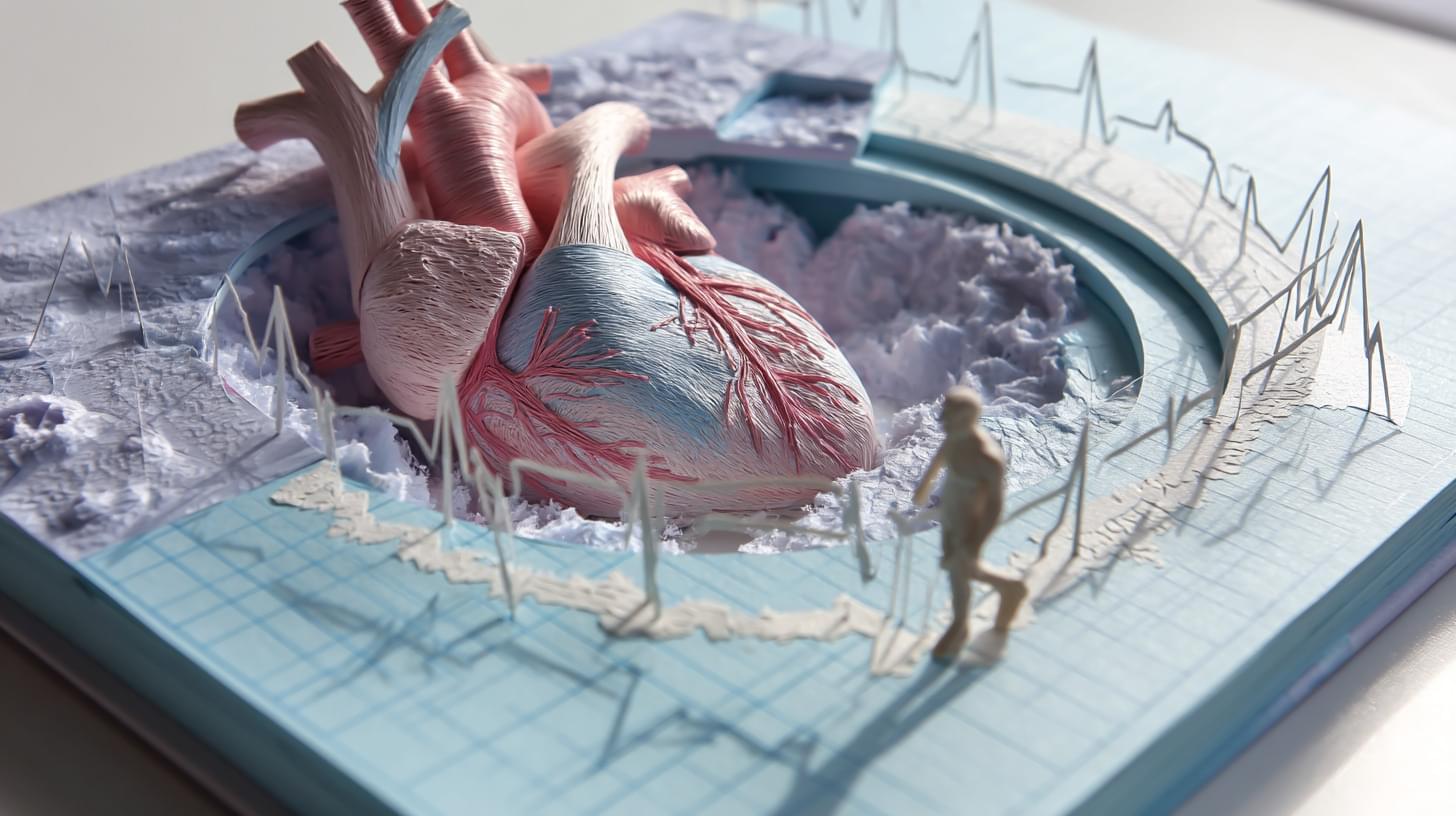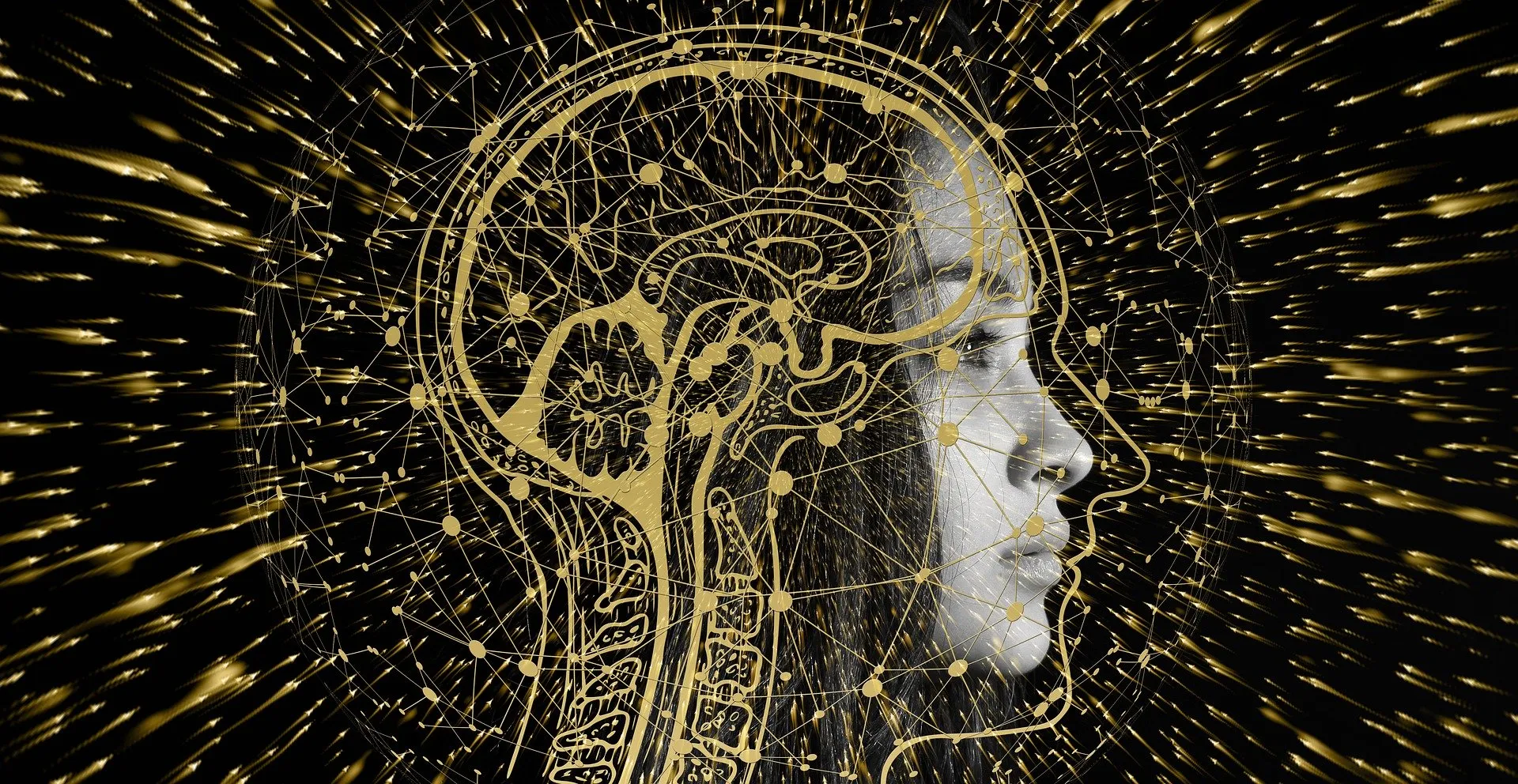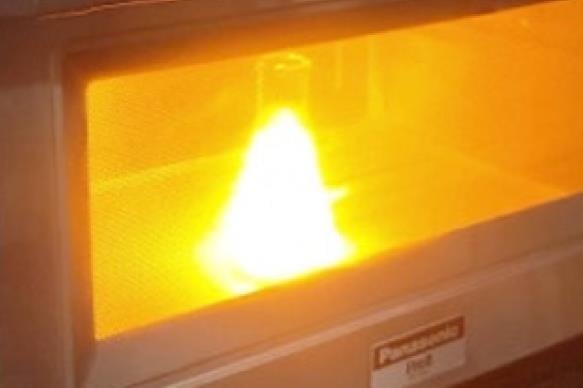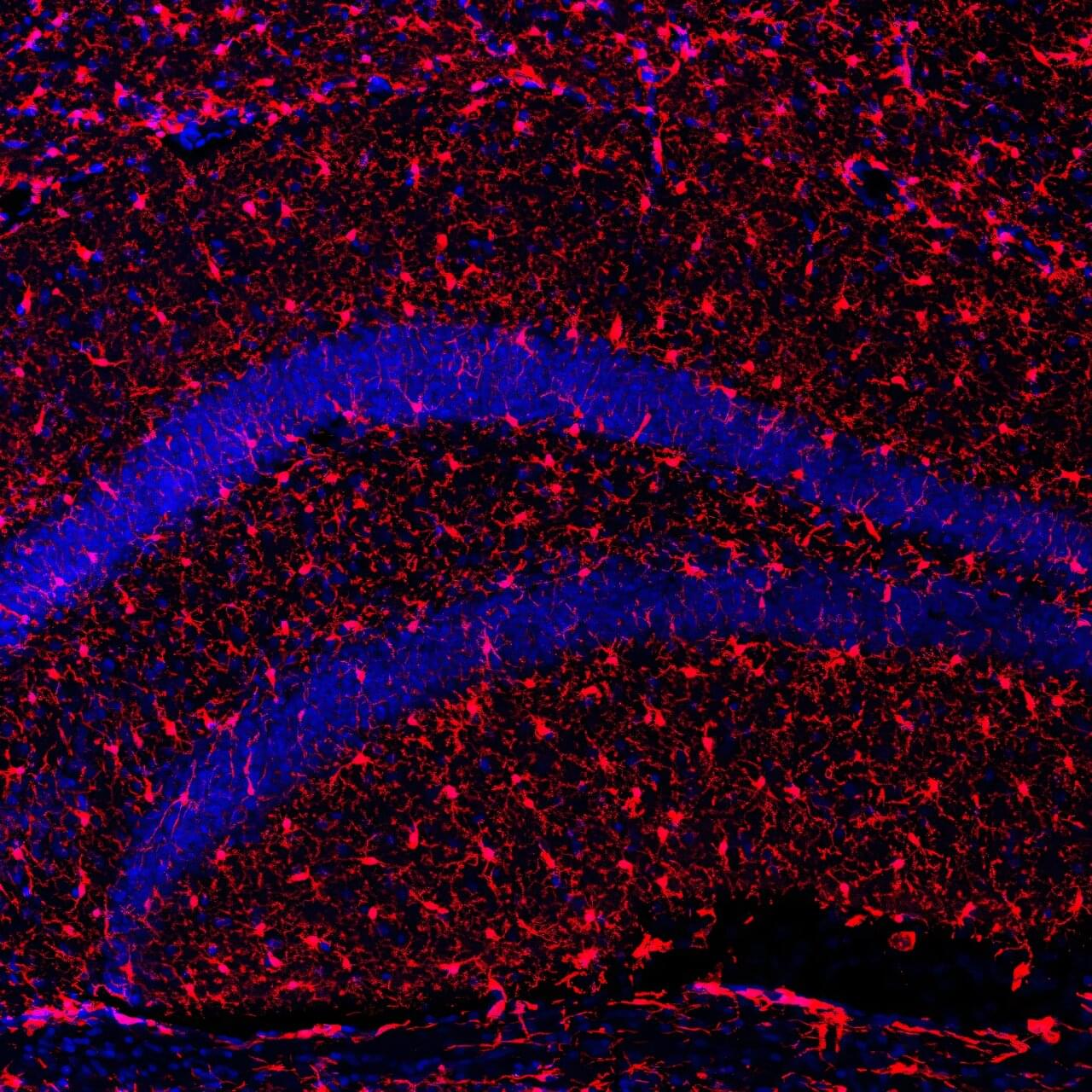The first nonverbal Neuralink patient to receive the chip implant is offering a glimpse into how he uses the technology — editing and narrating a YouTube video using signals from his brain.
Brad Smith is the third person in the world to get a brain chip implant with Elon Musk’s Neuralink, and the first person with ALS to do so.
Amyotrophic lateral sclerosis, also known as Lou Gehrig’s disease, is a progressive neurodegenerative disorder that primarily affects motor neurons — the nerve cells in the brain and spinal cord responsible for controlling voluntary muscle movement. Over time, patients lose voluntary control of muscle movements, affecting their ability to speak, eat, move, and breathe independently.


